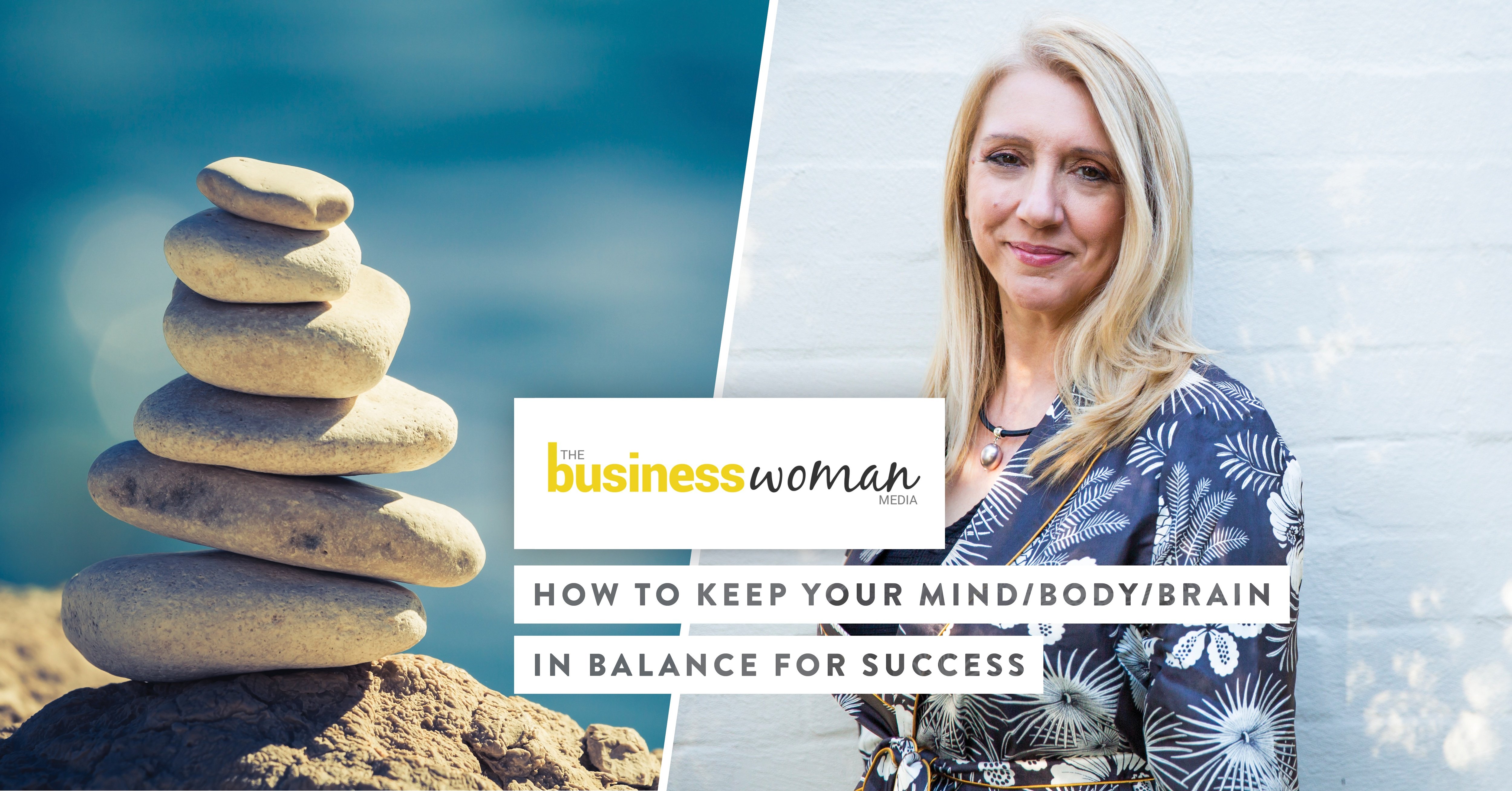Transforming Stress Into A Superpower: Mindset, Resilience & Leadership Tools
We often hear “resilience” and think of toughness, hustle or pushing through. But real resilience isn’t brute force; it’s adaptation. It’s having the capacity to bend without breaking, to choose your response when everything else feels out of control.
I felt this lesson deeply when I heard about Carmen Chacón’s passing in April 2017.
She was Spain’s first female Minister of Defence. At just 37, seven months pregnant, she stood before the troops during an official inspection, breaking not only protocol but expectations.
Many said she couldn’t (and shouldn’t) hold that position, not as a woman and certainly not as a pregnant one. Yet, she did, with determination and dignity.
What most people didn’t know? Carmen had a congenital heart condition, ventricular myocardiopathy, that only her doctor and close family were aware of. Still, she carried out her role with quiet courage. She didn’t slow down. She led. She pushed forward, determined to be the kind of leader the moment demanded, even when her body demanded rest.
Carmen died at just 46, leaving behind an 11-year-old son. I still remember the sadness I felt when I heard the news. People like her, resilient, brave, full of presence, cannot be forgotten.
Stress: Nature’s Alarm System, Not A Villain
For years, I equated strength with speed: go faster, do more, push harder. But I’ve come to realise that stress isn’t something to be feared or ignored. It can be our ally.
Biologically, stress is our body’s way of mobilising us for challenges. Heart rate rises, cortisol kicks in, and our attention narrows, an ancient system trying to protect us.
But when it stays “on” for too long, it wears us down. Dr. Bruce McEwen called this allostatic load, the cost of chronic stress on our systems, affecting immunity, cognition and heart health.
We need to stop trying to escape stress and start learning how to work with it.
Everyday Stress Is Still High-Stakes
While Carmen’s example is extraordinary, the truth is, most people won’t face military-level leadership or political pressure. They’ll face inboxes full of urgent messages, back-to-back meetings and the constant hum of digital noise.
What I’ve noticed in my work is this: most people working in offices or in front of screens have forgotten how to use their bodies to regulate stress.
They slump into poor posture, shallow breathing and spend hours without moving. One angry email can trigger a threat response, flooding the system with stress hormones and with no physical outlet or awareness, the tension lingers. Without movement or a mindful reset, our thinking narrows and often turns negative.
This is where I draw on Dr. Martin Seligman’s research on learned optimism. If we believe we’re stuck, under threat or failing, we begin to act accordingly. But if we train our brain to see possibility, growth and meaning, the stress becomes not a shutdown, but a wake-up call.
Rewire Your Stress Response:
3 Practices I Like to Use
1. Cognitive Reappraisal
This means reframing a stressful moment as a challenge rather than a threat. When a meeting doesn’t go well, instead of spiralling, I ask:
What is this moment trying to teach me?
Stanford’s Dr. James Gross has shown that this strategy reduces amygdala activation and boosts decision-making. It’s not about denying stress, it’s about using it as information.
2. Breathing (HRV Training)
Dr. Richard Gevirtz, a pioneer in HRV (heart rate variability), discovered that slow, rhythmic breathing (around 5–6 breaths per minute) strengthens our vagal tone, a key to stress resilience.
This type of breathing activates the parasympathetic nervous system, the “rest and restore” response and helps regulate emotions, reduce anxiety and improve focus. I use it before presentations or when I feel emotionally triggered.
Try this:
- Inhale for 4 seconds
- Exhale for 6 seconds
- Repeat for 5–10 minutes daily
Let your breath smooth your nervous system. Over time, your body learns how to return to calm more quickly.
3. Mindfulness & Focused Attention
In a distracted world, one of the most valuable skills is being present. Daily mindfulness, just five minutes of focusing on my breath or on the sounds around me, can make a huge difference to my day.
Research by Dr. Amishi Jha shows this strengthens emotional regulation and working memory, even under stress. It also creates a moment of pause between stimulus and reaction, what Viktor Frankl called “the space in between”, and in that space lies our power to choose.
What We Can Learn from Leaders Like Carmen
While some freeze or complain under stress, leaders like Carmen Chacón show us what’s possible. She faced criticism, health risk, and gender bias, not with force, but with a steady, quiet presence. She embodied the kind of resilience we rarely teach: composed, determined and anchored in values.
That kind of leadership isn’t born from avoiding stress. It’s born from transforming it.
What This Means for You and Me
Stress isn’t the enemy. It’s the message.
It tells us something important is happening. And with the right tools: breath, awareness and reappraisal, we can respond instead of react.
Here’s what you can do:
- Reframe your stress as meaningful
- Breathe slowly to regulate your body and brain
- Anchor your attention with mindfulness
- Train daily, even if for 10 minutes
- Move your body, it changes your mind
- Choose your response, again and again
Because when we shift our relationship with stress, we don’t just survive pressure—we grow from it.
Ready to Lead With Resilience?
Transforming stress into strength is only the beginning of becoming a truly brain-friendly leader.
If you’re ready to elevate your leadership with neuroscience-based tools that boost wellbeing, unlock creativity, and sharpen decision-making, explore our i4 Neuroleader™ Programs.
With the i4 Neuroleader™ Methodology, you’ll learn practical, science-backed skills to thrive under pressure and create a powerful ripple effect of positive change within your team and organisation.
Sources:
- Gevirtz, R. (2013). The Promise of Heart Rate Variability Biofeedback: Evidence-Based Applications. Biofeedback
- Gross, J. J. (2002). Emotion regulation: Affective, cognitive, and social consequences. Psychophysiology
- Jha, A. P., Stanley, E. A., Kiyonaga, A., Wong, L., & Gelfand, L. (2010). Examining the protective effects of mindfulness training on working memory capacity and affective experience.
- McEwen, B. S., & Stellar, E. (1993). Stress and the individual: Mechanisms leading to disease. Archives of Internal Medicine
- Seligman, M. E. P. (2006). Learned Optimism: How to Change Your Mind and Your Life. Vintage Books.
- i4 Neuroleader (353)
- Leadership & Culture (336)
- Brain Health & Wellbeing (206)
- Innovation (97)
- Performance (85)
- Our News (79)
- Collaboration (68)
- Agility (53)
- Practitioner Stories (44)
- In The Press (36)
- Make Me A Leader (33)
- Balance (31)
- Integration (30)
- Imagination (29)
- Awareness (23)
- Brain-Friendly Channel (22)
- Brain-Friendly Leadership (22)
- Communication (22)
- Curiosity (21)
- Inspiration (19)
- Intuition (19)
- Attitude (17)
- Courage (16)
- Adaptability (14)
- Case Studies (14)
- Drive (14)
- Generosity (13)
- Ethics (9)
- Mental Readiness (9)
- Influence (8)
- Retreat (8)
- Brain-Friendly Leadership (1)
- Oracle Cards (1)
- 1 November 2025 (2)
- 1 September 2025 (3)
- 1 August 2025 (5)
- 1 July 2025 (5)
- 1 June 2025 (2)
- 1 April 2025 (1)
- 1 March 2025 (8)
- 1 February 2025 (3)
- 1 September 2024 (4)
- 1 July 2024 (2)
- 1 June 2024 (6)
- 1 May 2024 (2)
- 1 April 2024 (3)
- 1 March 2024 (1)
- 1 November 2023 (1)
- 1 August 2023 (1)
- 1 July 2023 (2)
- 1 June 2023 (2)
- 1 May 2023 (4)
- 1 April 2023 (2)
- 1 March 2023 (7)
- 1 February 2023 (4)
- 1 January 2023 (1)
- 1 September 2022 (1)
- 1 May 2022 (3)
- 1 April 2022 (1)
- 1 March 2022 (5)
- 1 February 2022 (4)
- 1 January 2022 (4)
- 1 December 2021 (2)
- 1 November 2021 (4)
- 1 October 2021 (3)
- 1 September 2021 (6)
- 1 August 2021 (1)
- 1 April 2021 (1)
- 1 December 2020 (2)
- 1 November 2020 (1)
- 1 September 2020 (1)
- 1 August 2020 (1)
- 1 July 2020 (3)
- 1 June 2020 (4)
- 1 May 2020 (3)
- 1 April 2020 (4)
- 1 March 2020 (6)
- 1 February 2020 (4)
- 1 January 2020 (2)
- 1 December 2019 (3)
- 1 November 2019 (3)
- 1 October 2019 (5)
- 1 September 2019 (4)
- 1 August 2019 (4)
- 1 July 2019 (4)
- 1 June 2019 (5)
- 1 May 2019 (9)
- 1 April 2019 (9)
- 1 March 2019 (8)
- 1 February 2019 (7)
- 1 January 2019 (8)
- 1 December 2018 (5)
- 1 November 2018 (10)
- 1 October 2018 (16)
- 1 September 2018 (9)
- 1 August 2018 (10)
- 1 July 2018 (9)
- 1 June 2018 (8)
- 1 May 2018 (9)
- 1 April 2018 (9)
- 1 March 2018 (9)
- 1 February 2018 (8)
- 1 January 2018 (8)
- 1 December 2017 (6)
- 1 November 2017 (9)
- 1 October 2017 (9)
- 1 September 2017 (8)
- 1 August 2017 (10)
- 1 July 2017 (8)
- 1 June 2017 (8)
- 1 May 2017 (9)
- 1 April 2017 (8)
- 1 March 2017 (6)
- 1 January 2017 (3)
- 1 December 2016 (4)
- 1 November 2016 (5)
- 1 October 2016 (4)
- 1 September 2016 (2)
- 1 August 2016 (4)
- 1 July 2016 (4)
- 1 June 2016 (2)
- 1 May 2016 (3)
- 1 April 2016 (3)
- 1 March 2016 (7)
- 1 February 2016 (2)
- 1 January 2016 (5)
- 1 December 2015 (2)
- 1 November 2015 (2)
- 1 October 2015 (4)
- 1 September 2015 (2)
- 1 August 2015 (2)
- 1 July 2015 (1)
- 1 June 2015 (3)
- 1 May 2015 (4)
- 1 April 2015 (5)
- 1 March 2015 (3)
- 1 February 2015 (3)
- 1 January 2015 (3)
- 1 December 2014 (3)
- 1 November 2014 (3)
- 1 October 2014 (3)
- 1 September 2014 (5)
- 1 August 2014 (4)
- 1 July 2014 (5)
- 1 June 2014 (3)
- 1 May 2014 (1)
- 1 March 2014 (1)
- 1 December 2013 (2)
- 1 November 2013 (1)
- 1 July 2013 (1)
- 1 June 2013 (1)
- 1 May 2013 (3)
- 1 April 2013 (1)
- 1 March 2013 (2)
- 1 February 2013 (1)
- 1 January 2013 (2)
- 1 November 2012 (1)
- 1 October 2012 (1)
- 1 September 2012 (1)
- 1 August 2012 (2)
- 1 July 2012 (1)
- 1 June 2012 (1)
- 1 May 2012 (2)
- 1 April 2012 (1)
- 1 February 2012 (1)
- 1 January 2012 (1)
- 1 November 2011 (1)
- 1 October 2011 (3)
- 1 September 2011 (2)
- 1 July 2011 (1)
- 1 June 2011 (1)
- 1 May 2011 (1)
- 1 April 2011 (1)
- 1 March 2011 (1)
- 1 February 2011 (2)
- 1 January 2011 (4)
- 1 December 2010 (4)
- 1 November 2010 (3)
- 1 October 2010 (5)
- 1 September 2010 (4)
- 1 August 2010 (4)
- 1 July 2010 (3)
- 1 June 2010 (4)
- 1 May 2010 (7)
- 1 April 2010 (5)
Subscribe by email
You May Also Like
These Related Stories

Stress at Work - The True Killer of High Performing Teams

Work Life Balance




No Comments Yet
Let us know what you think